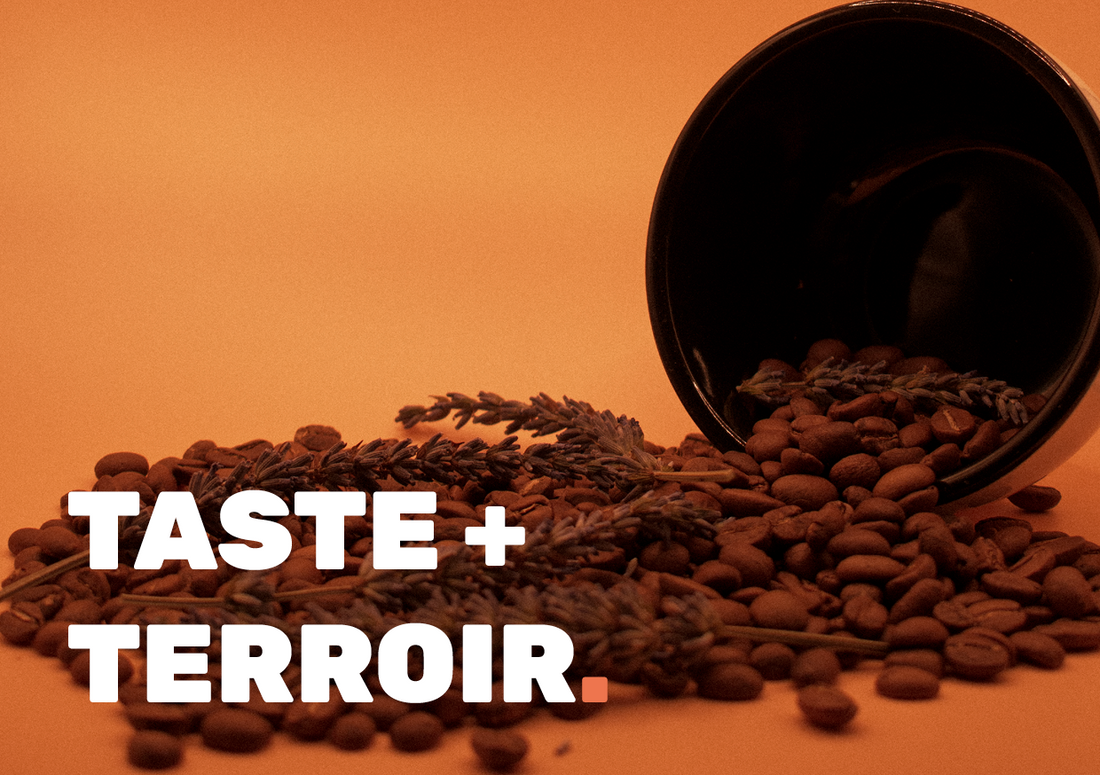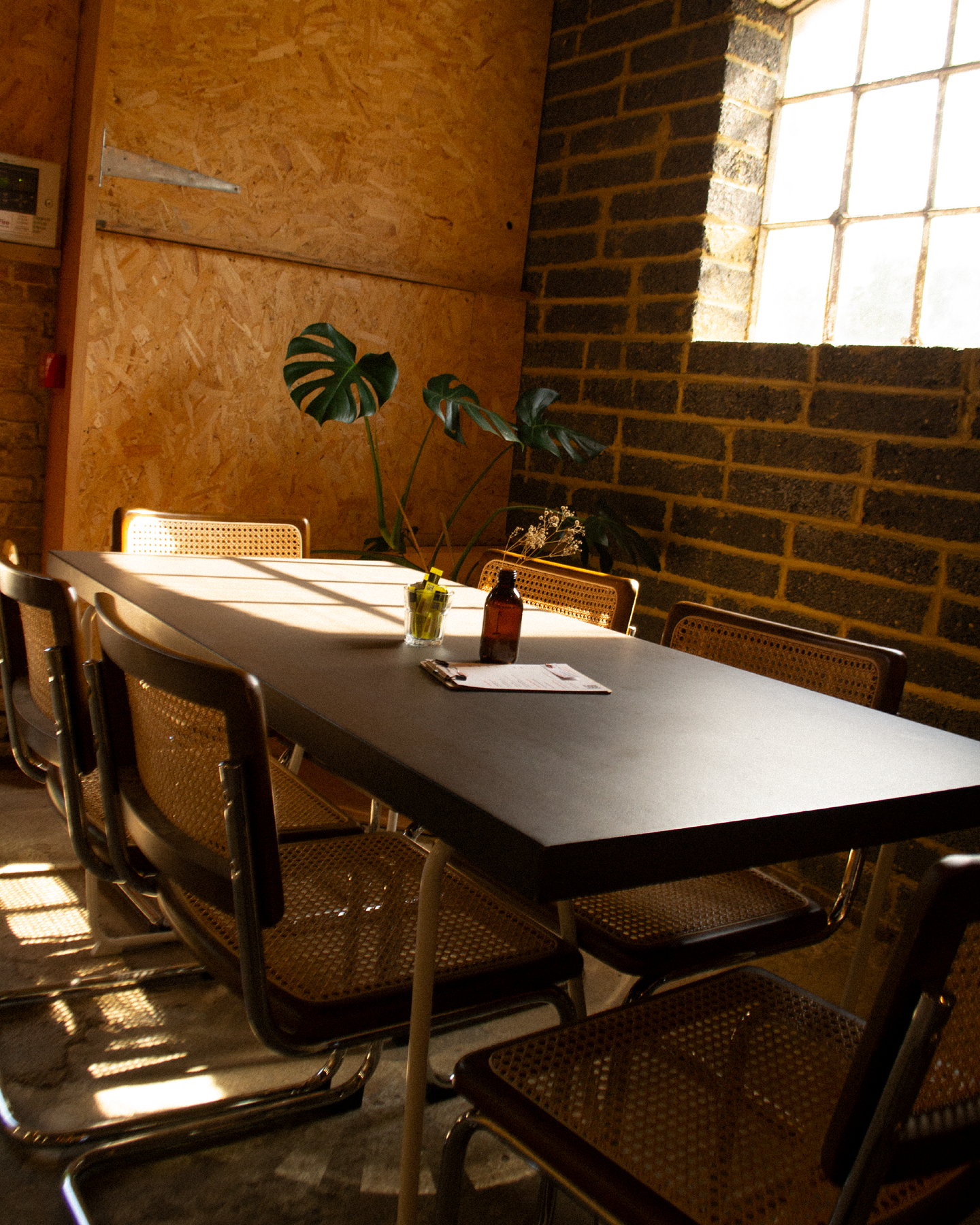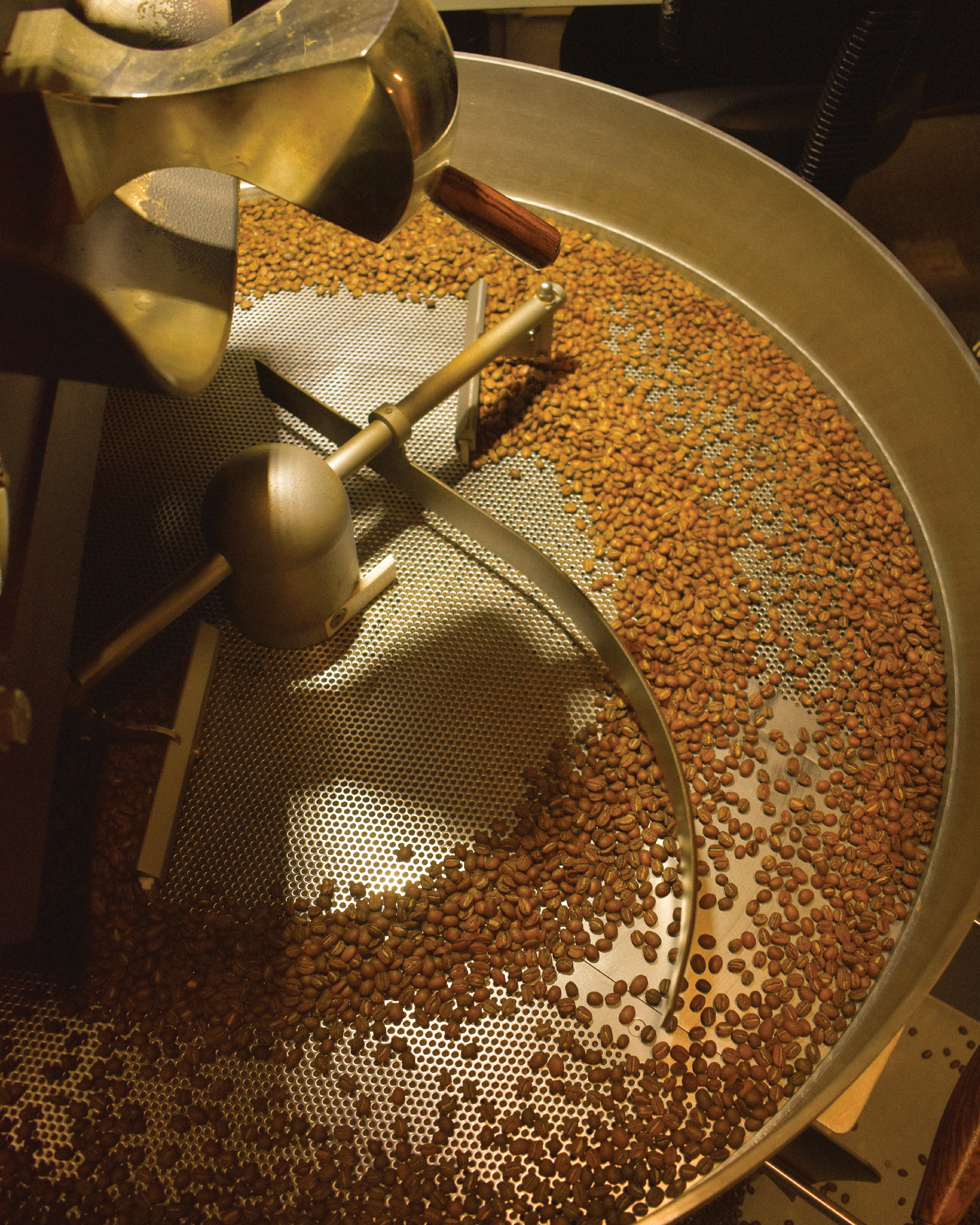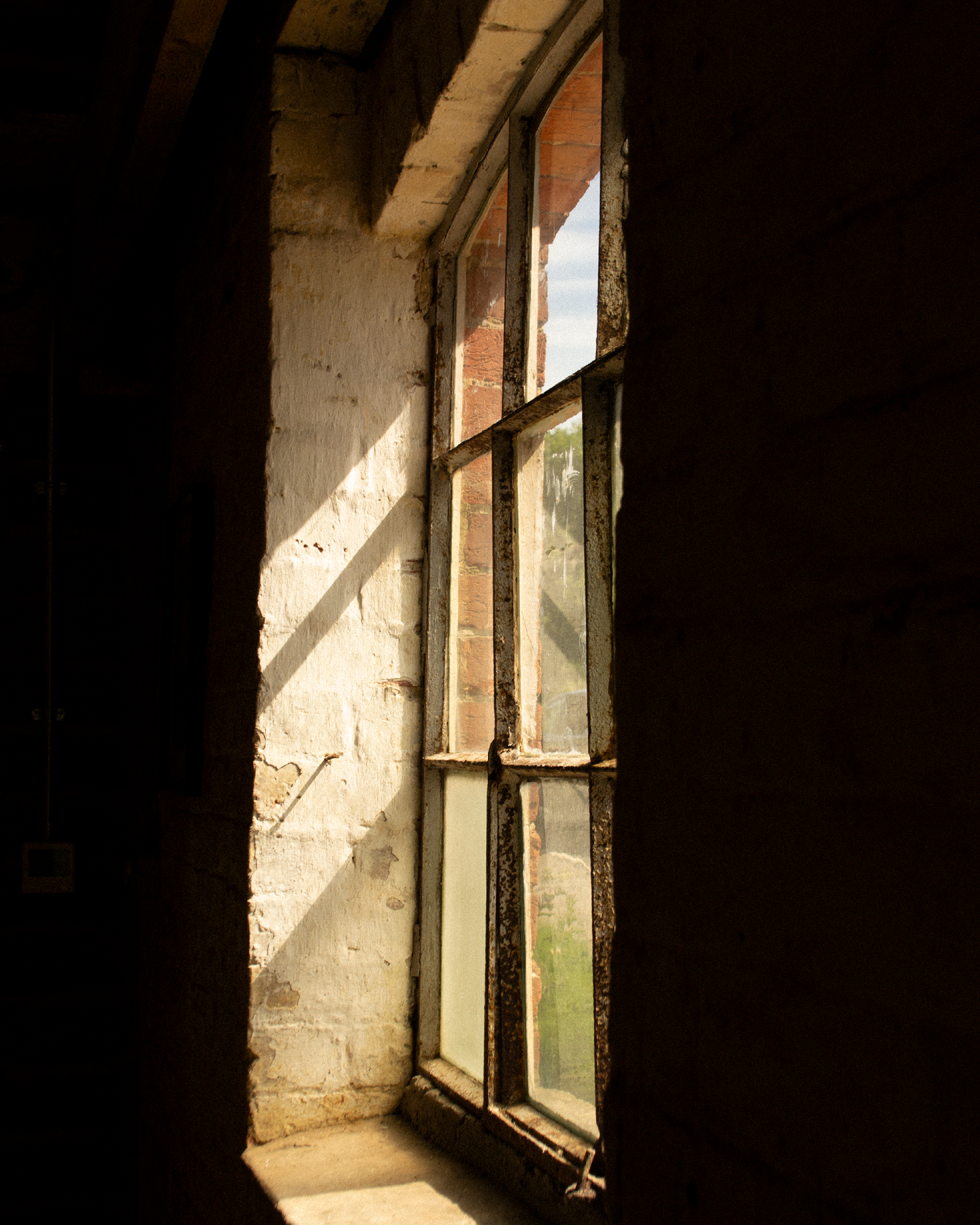
The Role of Environment in Coffee Flavour.
Share
We’ve touched on the effects processing and origin have on a coffee’s particular profile in a previous blog post. This time we’re delving into how a coffee’s growing conditions an environment can impact its quality and complexity of flavour.
Much in the same way as wine, a coffee’s profile is not only a product of its varietal but also the terroir in which it was grown and the interrelationship between these two factors. Terroir (coming from the French word “terre” for land) encompasses everything about the environment in which a coffee is produced. Whether that be soil, altitude, biodiversity, varietal, anything that aids the expression of a coffee’s natural characteristics and the location in which its grown is encompassed under the term. Even processing methods and how they bring out certain notes or mouthfeels that are representative of origin can be considered part of terroir.
In other words, every coffee varietal has its own natural characteristics. Terroir is how each unique environment causes these to be expressed in different ways. Pop the same coffee tree in the ground in Yirgacheffe, Ethiopia and another in Huila, Colombia and you’ll get two coffees that could not taste more apart.
Agroforestry – Soil + Biodiversity.
As with any produce, the soil and its makeup have a major impact on the flavour profile and quality of the grown coffee. Keeping soils fertile and with a healthy make-up of biological matter is therefore imperative in the production of speciality coffee. You could plant as many geishas, pink bourbons, or other exemplary varietals as you like, if the soil isn’t great, the resulting cup isn’t going to taste great.
Therefore, many coffee producers devote a lot of effort to what is known as agroforestry – the practice of combining the planting of trees and shrubs alongside produce. This creates plenty of dead matter, eg. fallen leaves and branches, that provides plenty of yummy food for fungi and bacteria to breakdown and keep the soil fertile. Coffee is often grown in areas of high rain fall and the trees also act as anchors and prevent topsoil being swept away in flooding.
As well as trees, producers grow other foodstuffs alongside their coffee trees, whether that be papayas in Honduras, avocados in India, or maize in Ethiopia. These aren’t just for sustenance or to sell in-between coffee harvests, they help maintain biodiversity and provide biological matter that can be mulched and composted to be used as a natural fertiliser.
As a rule of thumb, forested loamy (a balanced mix of sand, minerals, and clay) and volcanic soils are the best for coffee production. These have the best pH and drain well whilst retaining enough moisture for growth.
Remember, happy soil = happy coffee.
Shade.
Rich and fertile soil isn’t the only thing a healthy forest ecosystem provides when it comes to coffee cultivation. Coffee originates from a forested habitat, and the trees develop, and the cherries ripen best under a shady canopy. Some origins benefit from perpetually cloudy conditions, Huila for example averages only 3.5 hours of sunlight a day, and these regions are always synonymous with particularly exceptional coffee.
Altitude.
The higher you go, the cooler it gets. The lower temperatures in loftier climbs slow the maturation period of the cherries and allow for the sugars with the cherry to develop to greater complexity. Soils here are also more likely to be volcanic, a major positive as we discussed earlier.
Higher altitude coffees are therefore associated with exceptional florality, sweetness, and acidity. Whilst lower altitude coffees are typically less complex in their palate with dominant nut and chocolate tones.
Rain + Humidity.
Coffee excels in humid conditions and grows best where rains are frequent. Good levels hydration, and therefore better tasting coffee, is indicated during the growing period by the flowering of the trees. If a coffee tree doesn’t flower, then something isn’t right. Whilst drought can decimate yields, so too can too much rainfall - especially during harvesting time when the cherries are at their ripest and can cause them to rupture or develop an unpalatable leathery/tarlike flavour due to excess phenol production.
Final Thoughts.
Each coffee origin has its own unique terroir and therefore expresses wildly different flavours and characteristics in a given coffee. Simply put, the tastiest coffees come from humid, shady, volcanic soils at high altitude – attributes that have made Ethiopia and Colombia forerunners when it comes to producing exceptional speciality coffee.




